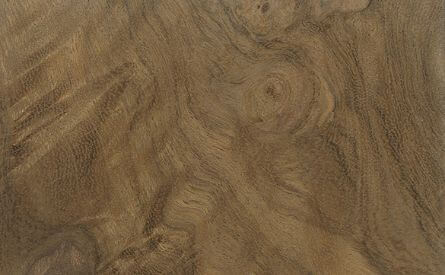Nargusta
Naranjo / Terminalia amazonia

Local Names
Distribution & Tree
Nargusta is prevalent across the mainland Neotropics as well as parts of the Caribbean with multiple local names. It’s among Izabal’s most common tropical hardwoods with observed concentrations up to 10 to 12 trees per hectare. Trees can grow up to 50 meters in height with trunks often exceeding one meter. Trucks are highly cylindrical often free of branches up to 20 meters. Naranjo loses its leaves briefly during the dry season. It often develops large buttresses, especially when growing in swampy areas. It grows in a wide variety of soil types, including red lateritic soil derived from volcanic material, but achieves the tallest height in clayey soil.
Due to its fast growth and straight bole, it’s been used on a small scale as a commercial plantation timber in Costa Rica and Panama. Researchers associated with the Smithsonian Tropical Research Institute, Yale University and Universidad Nacional de Costa Rica found that Terminalia amazonia was among the fastest growers among 10 species studied.
Wood Appearance
Processing Properties
Strength & Durability
Wood Uses
Ecological & Social Importance
| Reference Species | ||||
| Technical Characteristics | Nargusta | Hickory (Shagbark) | Sugar Maple | |
| Density | kg/m3 | 769 | 800 | 710 |
| Janka Hardness | kgf | 820 | 853 | 658 |
| Bending Stiffness (Modulus of Elasticity) | GPa | 15.2 | 14.9 | 12.6 |
| Bending Strength (Modulus of Rupture) | MPa | 122.5 | 139.3 | 109.0 |
| Crushing Strength | MPa | 66.0 | 63.5 | 54.0 |
| Shrinkage, Radial | % | 6.4% | 7.0% | 4.8% |
| Shrinkage, Tangential | % | 8.7% | 10.5% | 9.9% |
| Shrinkage, Volumetric | % | 14.9% | 16.7% | 14.7% |
| T/R Ratio | 1.4 | 1.5 | 2.1 | |
| Values determined at 12% humidity | ||||
|---|---|---|---|---|
DENSITY
JANKA HARDNESS
BENDING STIFFNESS
BENDING STRENGTH
CRUSHING STRENGTH
SHRINKAGE
Values are for reference only and cannot be guaranteed. Wood is a natural material and physical and mechanical properties may vary depending on age, genetics, and other factors. We encourage customers to consult the references provided in the bibliography. For further explanations of wood’s key technical characteristics, an excellent resource is the Wood Database with articles on Density (average dried weight); Janka hardness; Elastic Modulus; Rupture Modulus; Crushing Strength; Radial, Tangential and Volumetric Shrinkage.






